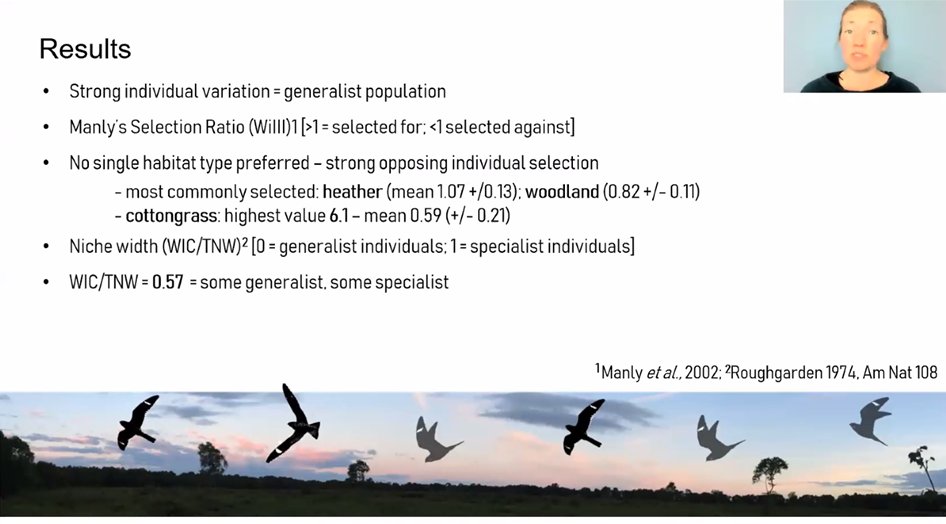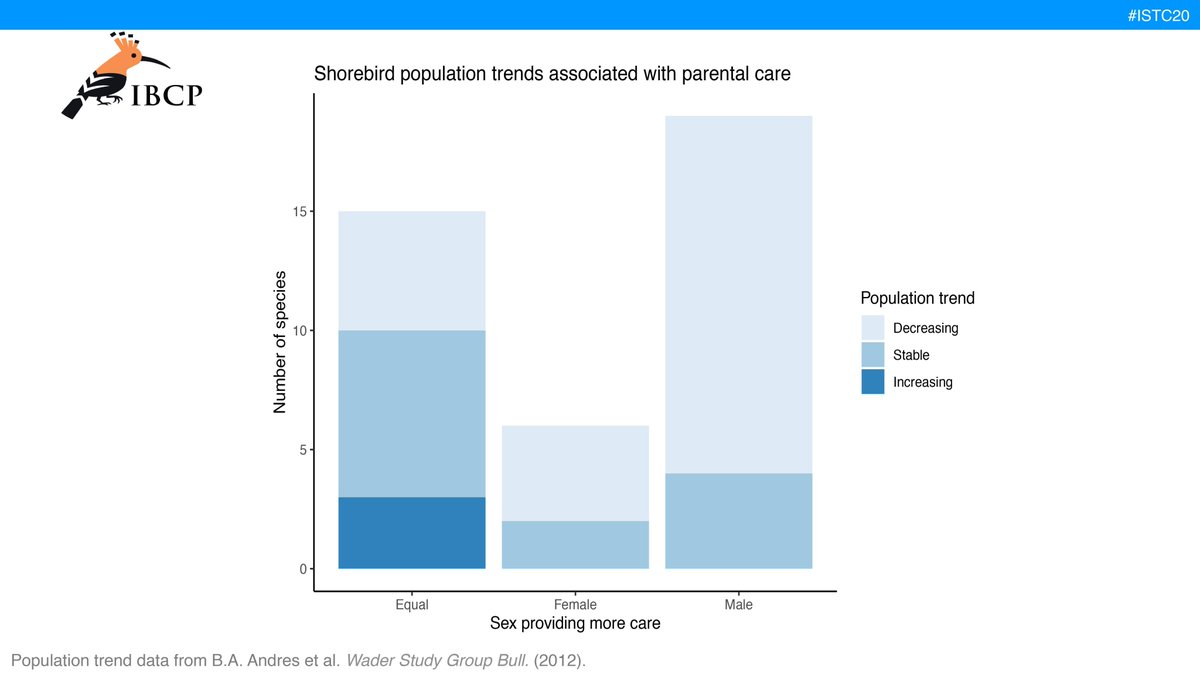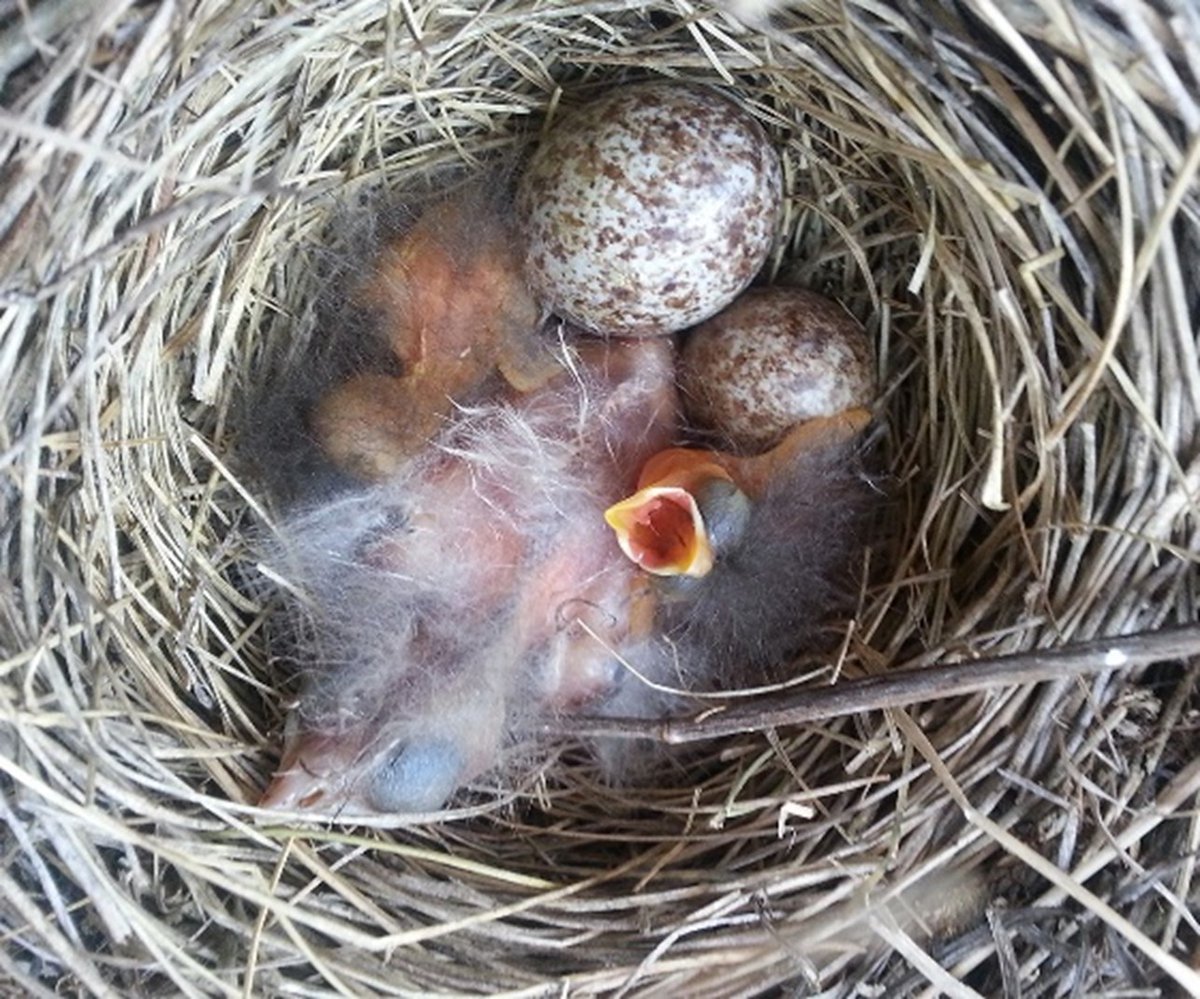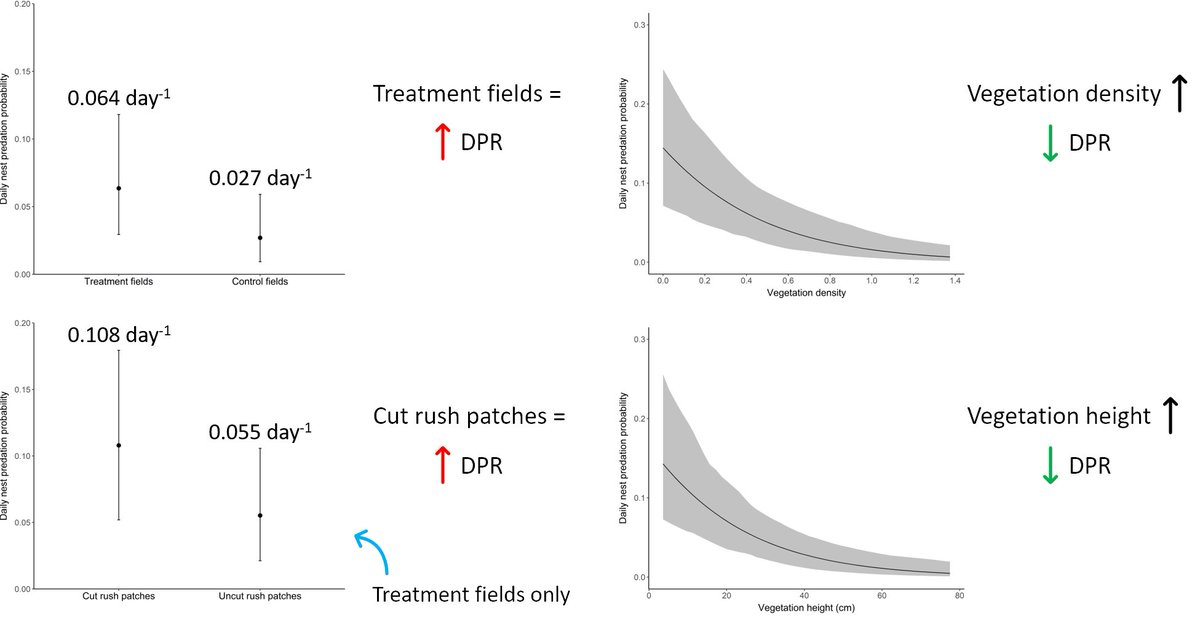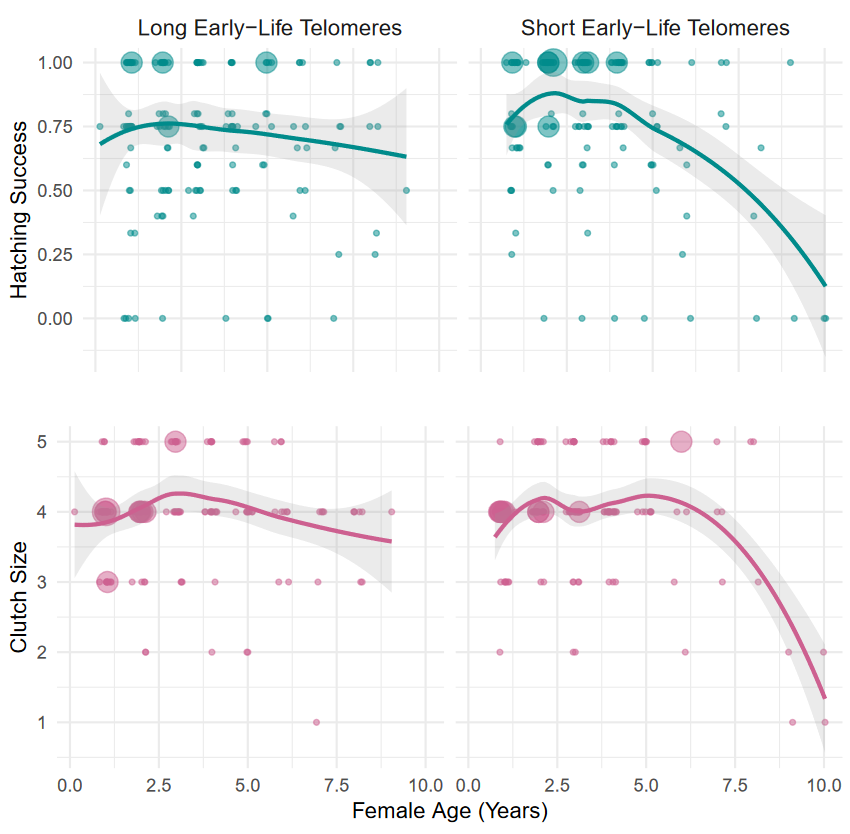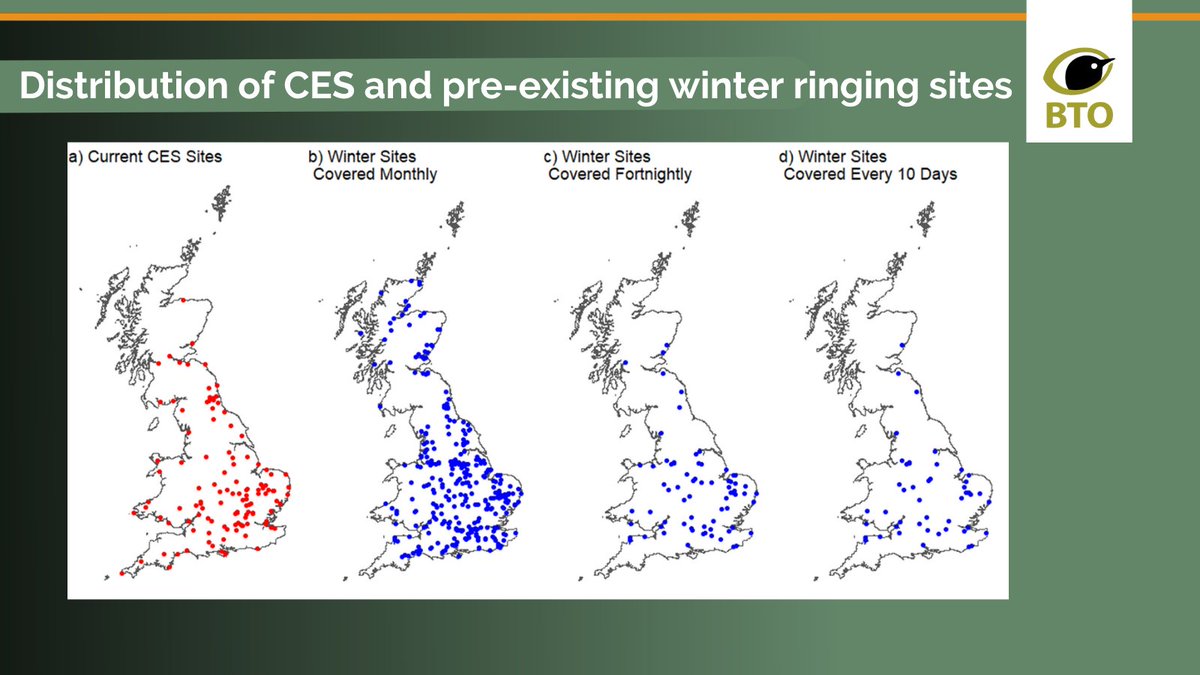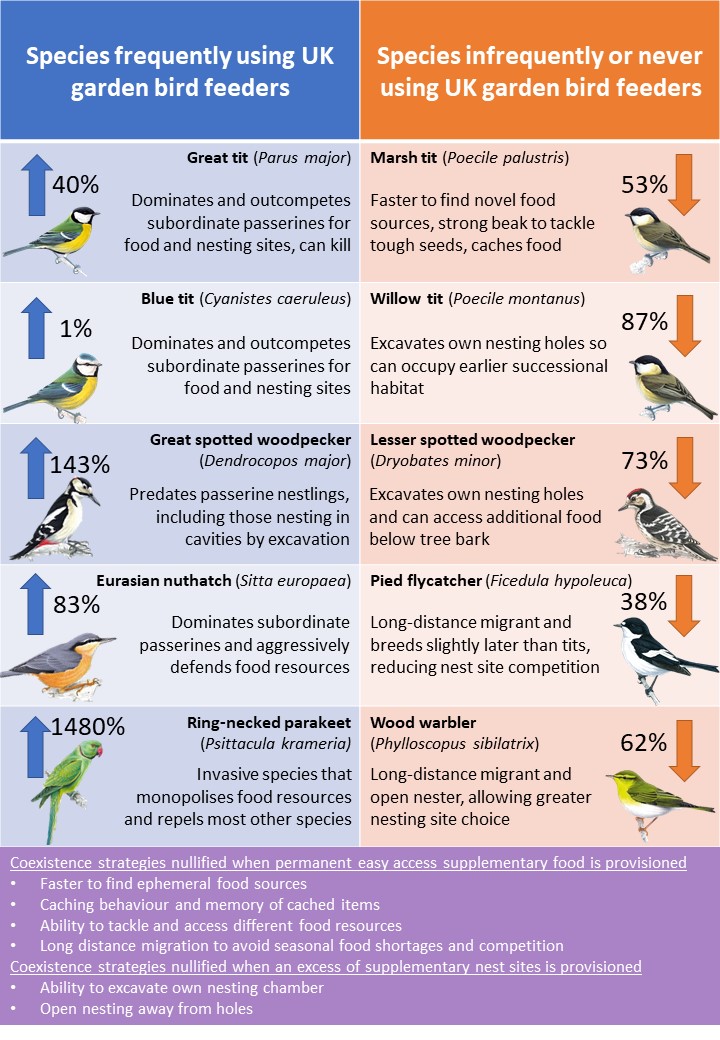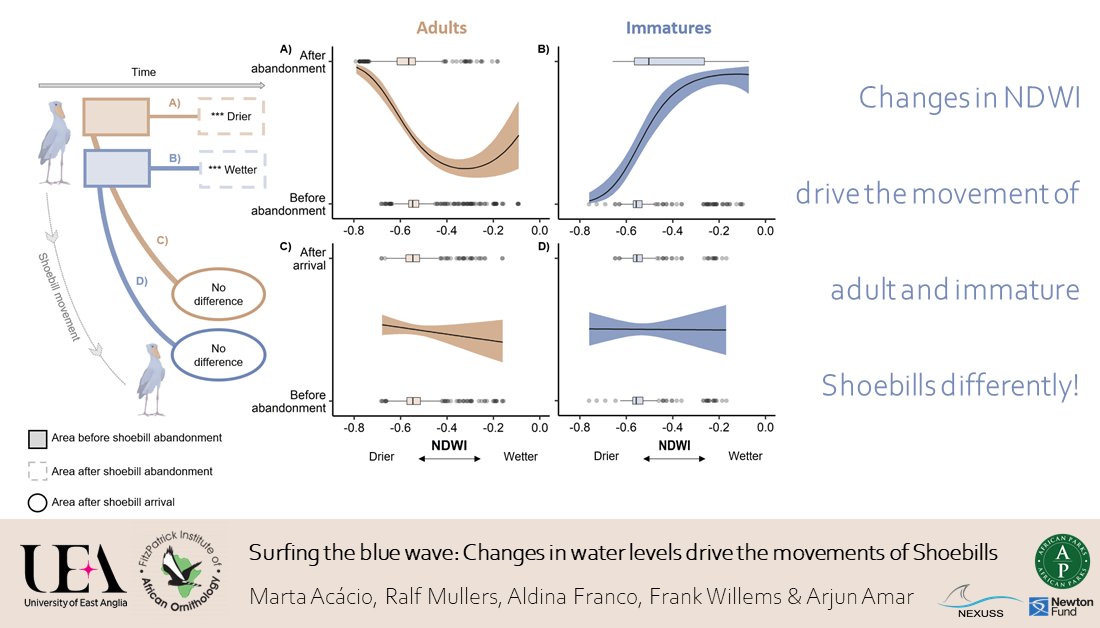
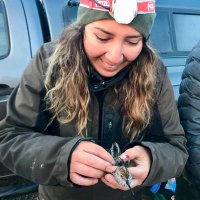
5 #ISTC20 #Sesh5 Regardless of the age group, we found that #oversummering birds had more #survivorship than migrants. The estimated survival #advantages for adults and juveniles both closely match and don’t differ significantly from the threshold values predicted #stayatParacas
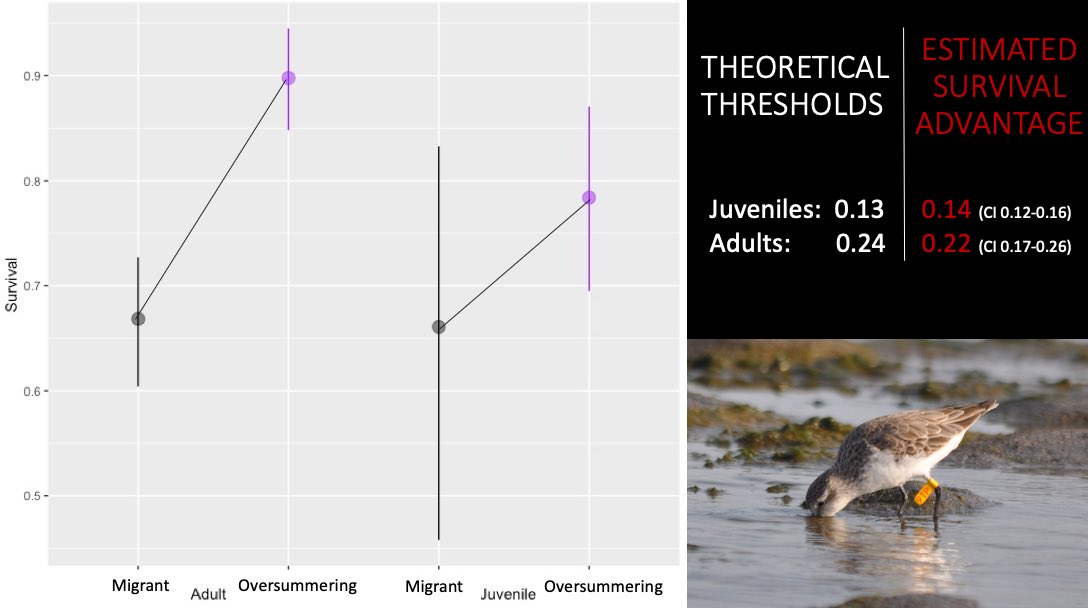

6 #BOU2021 #Sesh5 Rush management is still a key part of the wader #conservation toolkit but its effectiveness needs further evaluation (ideally with real nests) to optimise trade-offs between foraging conditions and predation risk
…lpublications.onlinelibrary.wiley.com/doi/10.1111/ac…
southwestpeak.co.uk/blogs/field-no…
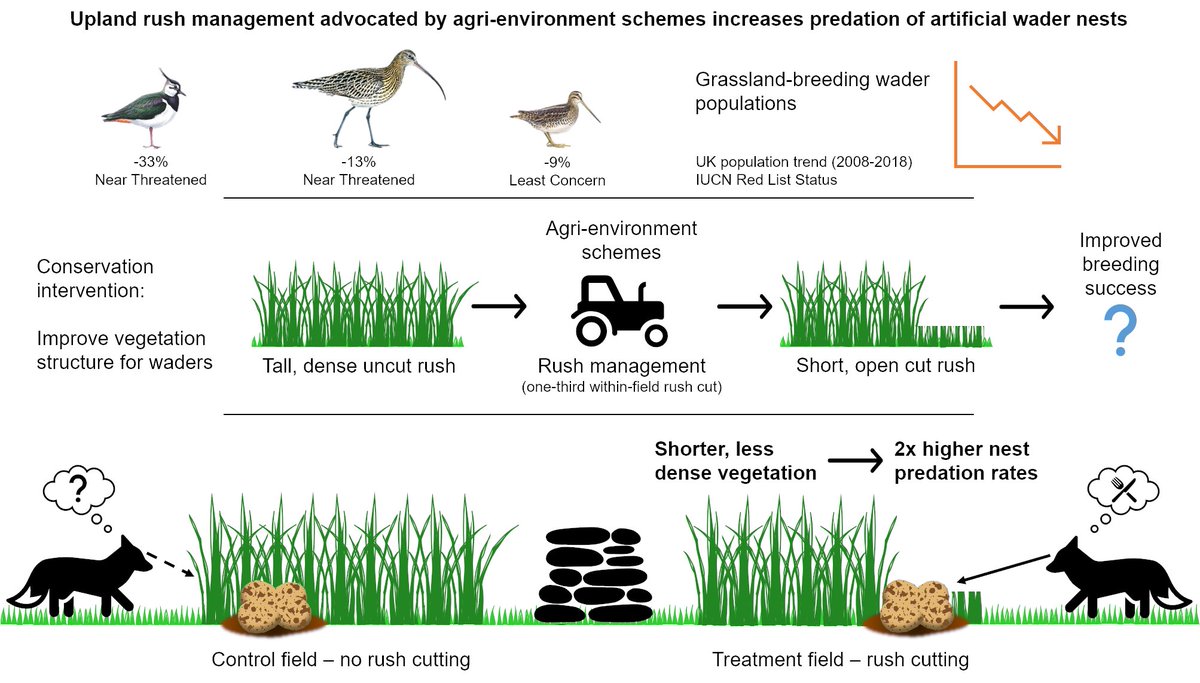


6 #ISTC20 #Sesh5 #rufaredknots have to face #humandisturbances and spend energy flying a distance to a safer roosting site, to be able to feed in soft high quality food. Thus improving their #energybudget in #digestivelyconstrained birds at a shorter staging time.
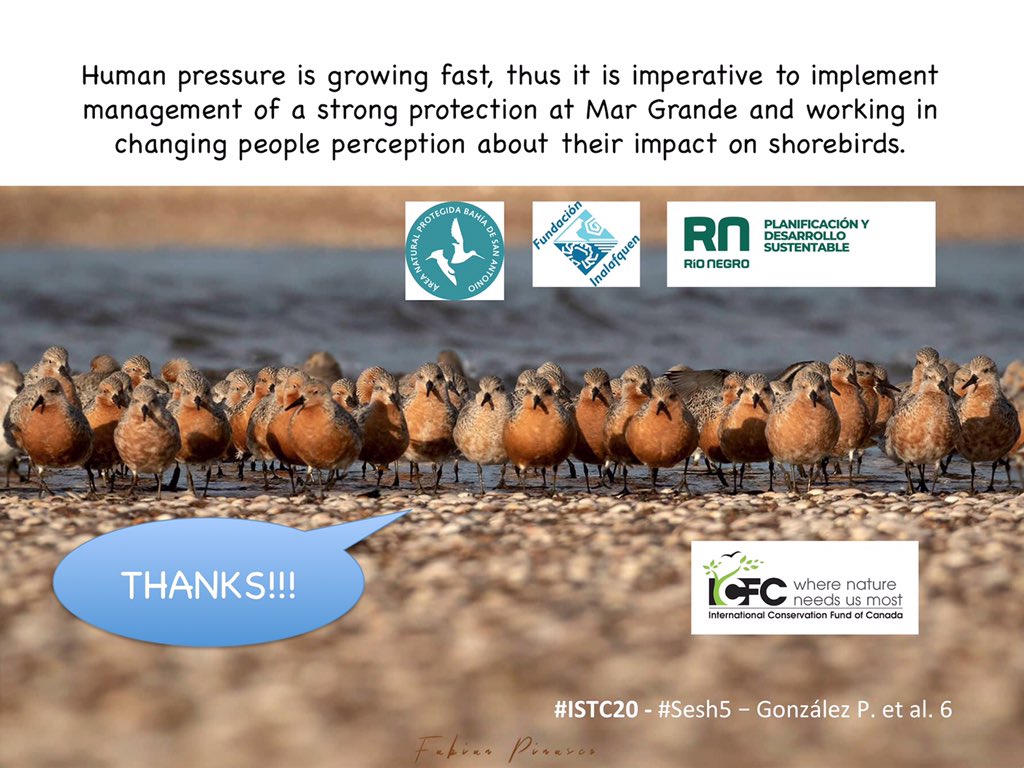


7/6 #BOUsci21 #Sesh5 | This work is part of my NERC GW4+ Doctoral Training Partnership PhD with Cardiff University Team Stormies at CUBiosciences but it wouldn’t have been possible without a huge number of people and organisations. Thank you all!
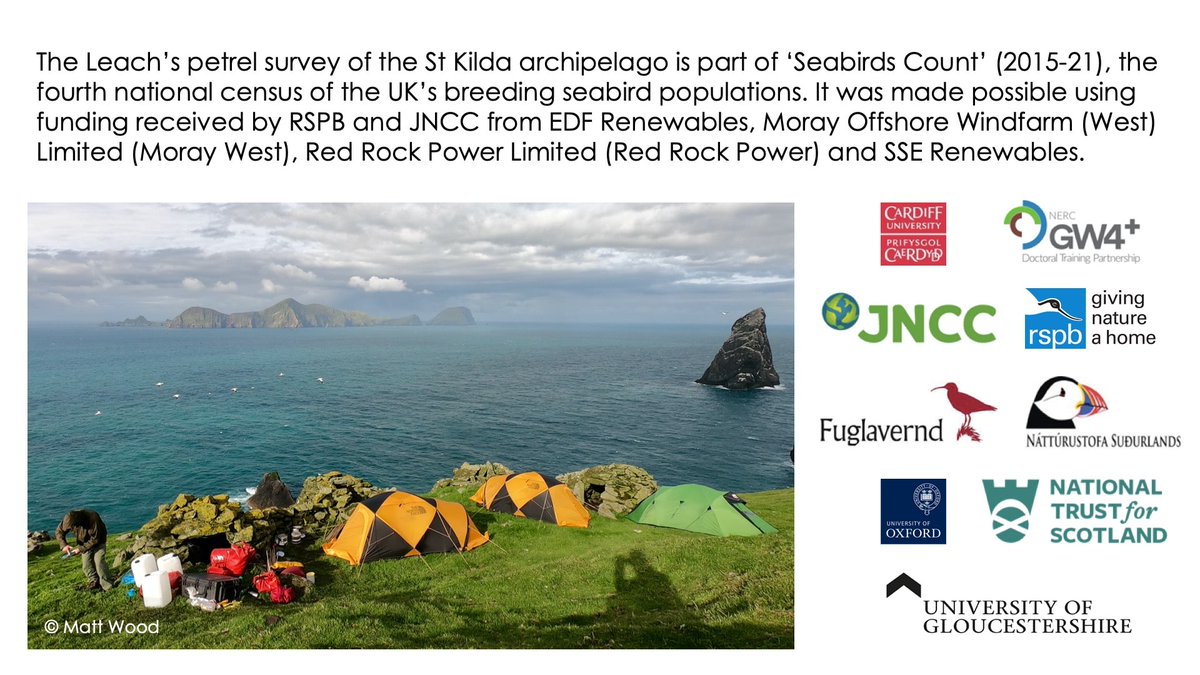

Coming up in just a moment at #ISTC20 is #Sesh5 'Behaviour1' with keynote Fyodor Kondrashov chaired by Josh Nightingale [email protected] #Shorebirds #Waders #ornithology BOU 👩🏻🏫👨🏿🏫🧕🏽👳🏽♂️ 🌈
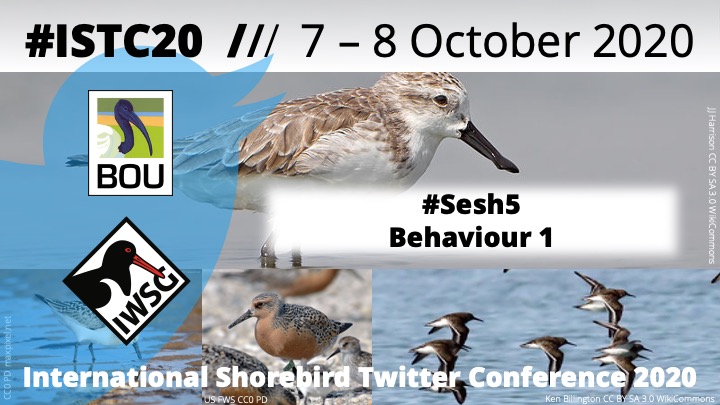




6/6 #ISTC20 #Sesh5
Our results supports the #life #history hypothesis that both oversummering juvenile and adult birds #compensate for the loss of a breeding opportunity with higher #survivorship than migrant birds. #oversummeringwins #ornithology #ParacasShorebirdProject 🐦☀️
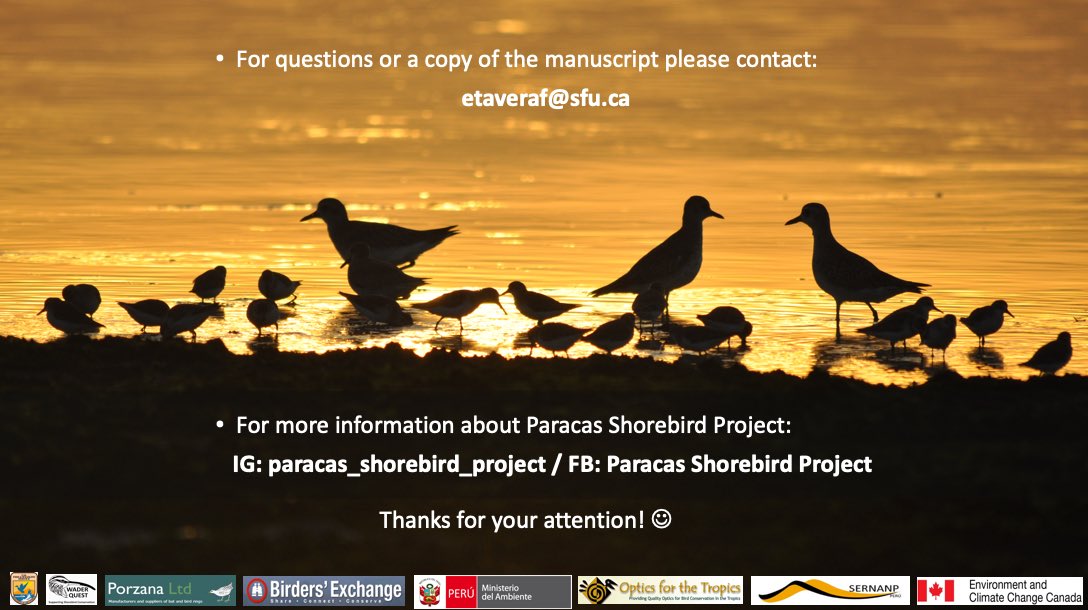
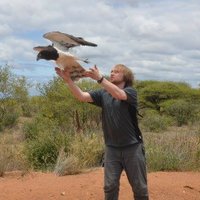

4 #ISTC20 #Sesh5 In 2019 #rufaredknots chose safer and protected sites avoiding #humandisturbances but closer as possible to feeding areas. Under disturbance pressure, they usually moved from Mar Grande to Banco Lobos (8 km), not Los Alamos (12 km) protected by rangers.
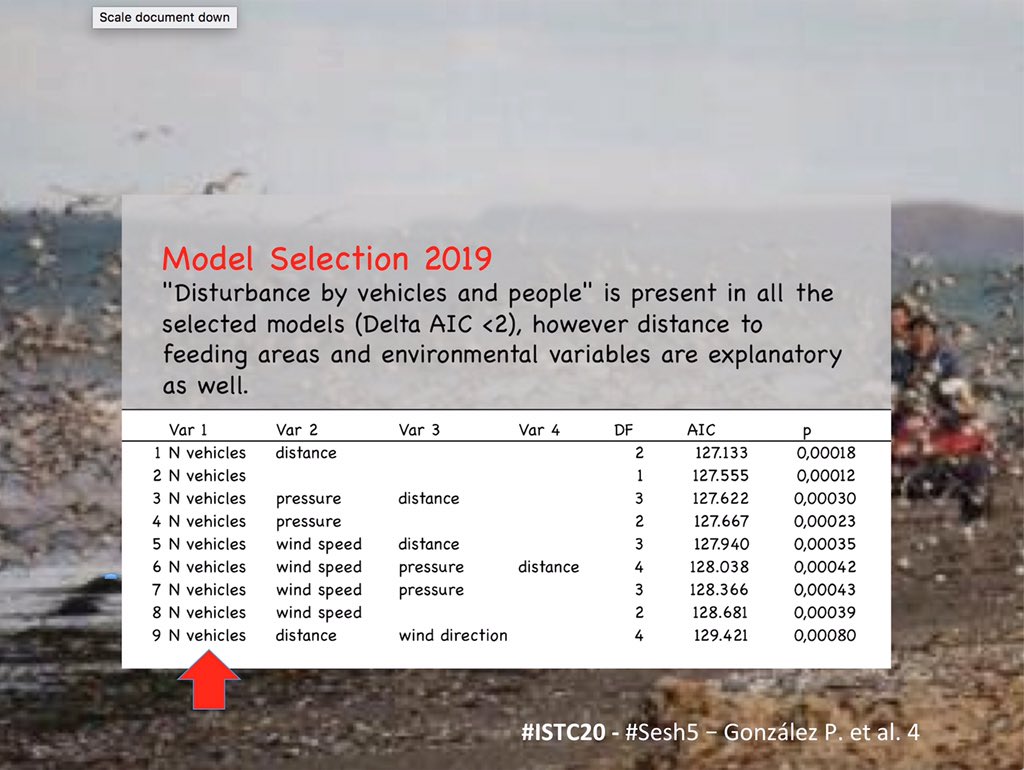

4/6 #ISTC20 #Sesh5
The main prey consumed were polychaetes (mostly Onuphidae, Orbiniidae and Nereididae families), crustaceans and clams🐛🦞🦪
The composition was different among dates mainly due a consume peak of crustaceans on April.
#ornithology #waders #shorebirds #sanderling
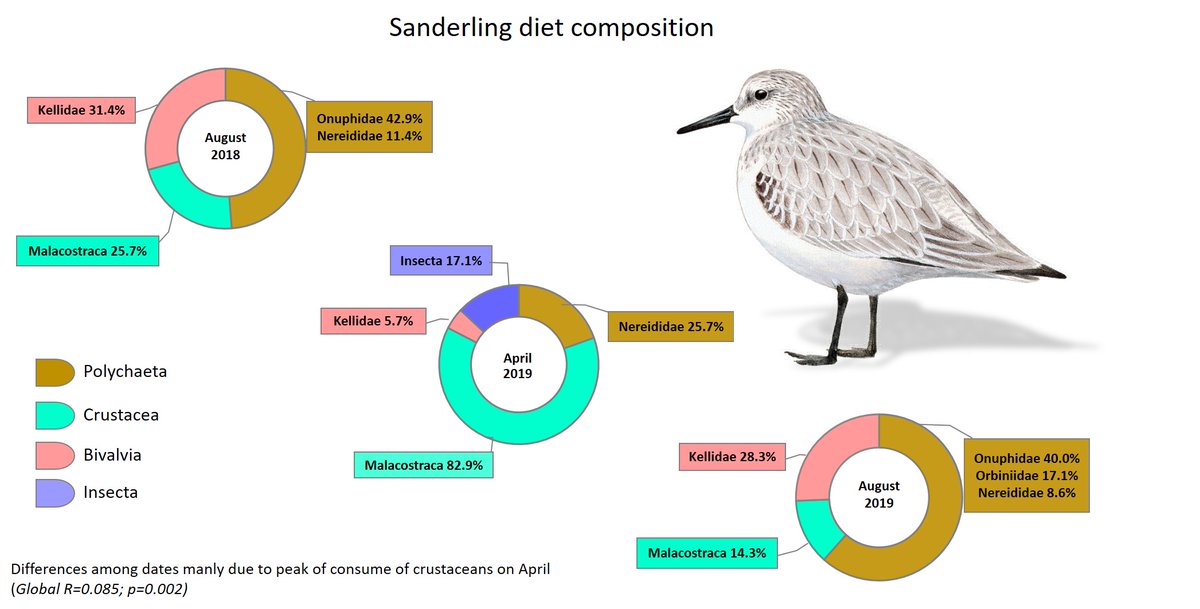

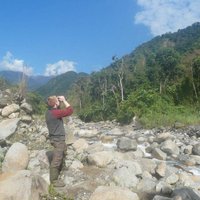


Thanks to all the #Sesh5 presenters at #ISTC20 Fyodor Kondrashov Dr. Eve Tavera Fernández
@Gangelozzib JoaCastle
Gill Holmes ✨ International Bird Conservation Partnership Patricia M. González. Up next is #Sesh6
'Conservation 2' #Shorebirds #Waders #Ornithology
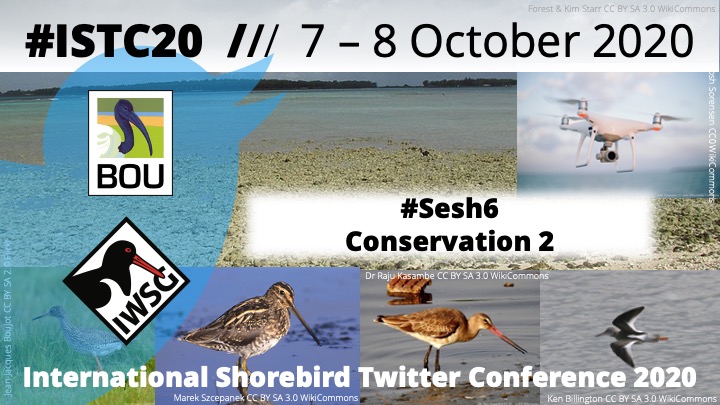

5 #ISTC20 #Sesh5 During #COVID -19 #Quarantine , #rufaredknot could roost closer to feeding areas, at the same main feeding site at Mar Grande. However they moved to the next closer roost in spring tides and under #raptorpredation .
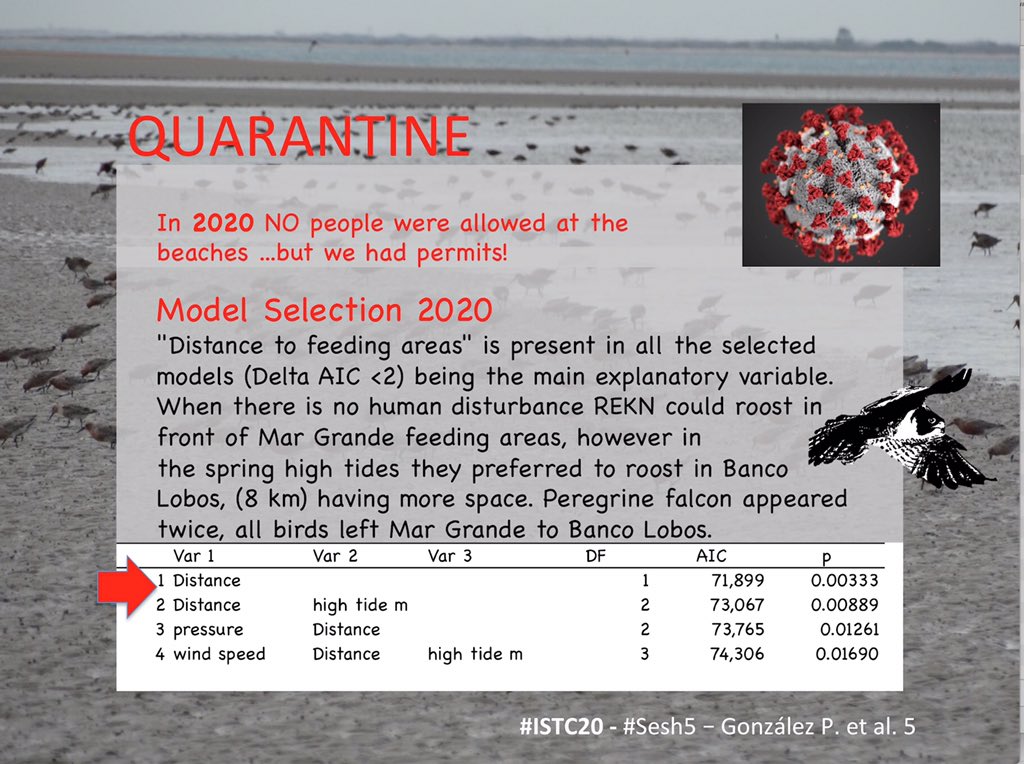

Very cool example of #IndividualHeterogeneity from Lucy Mitchell at #BOU2021 #sesh5 : while most monitored nightjars used heather - in proportion to its availability in the landscape - one individual very strongly selected for cottongrass (vs most tended not to use it)! 🌾🐦🌾
